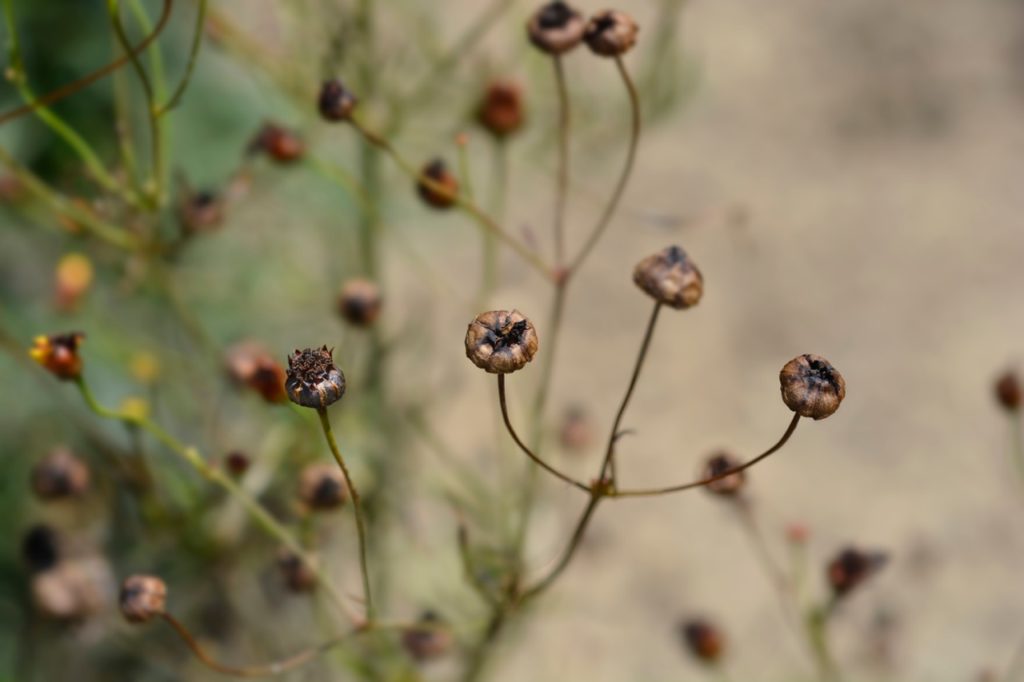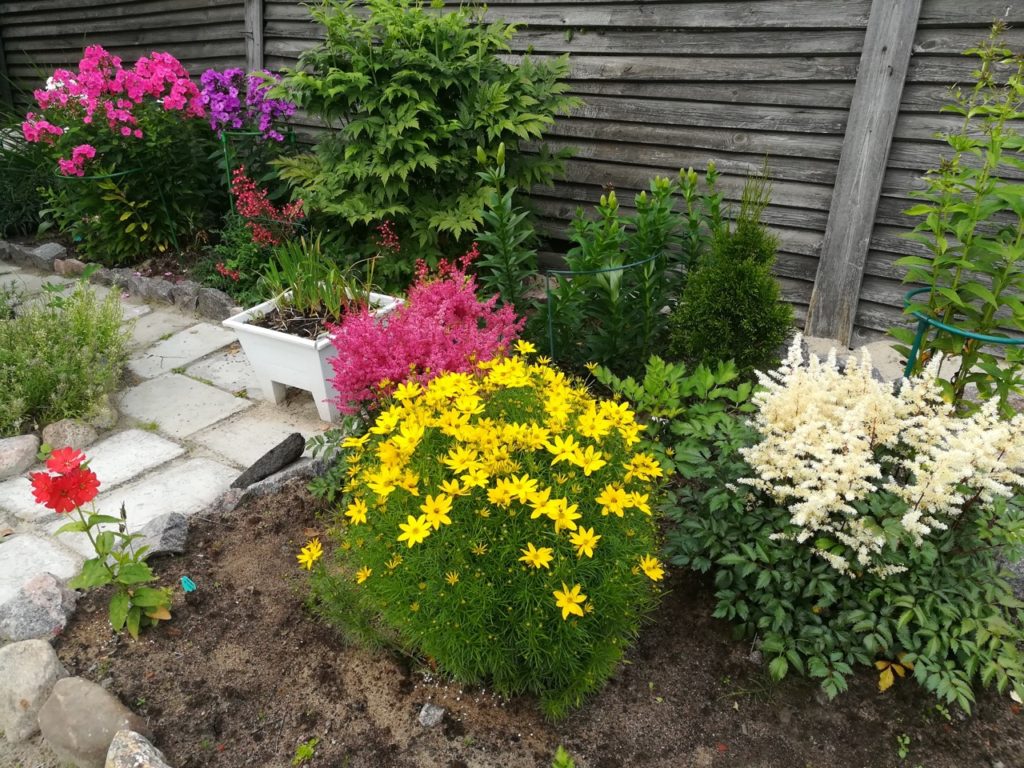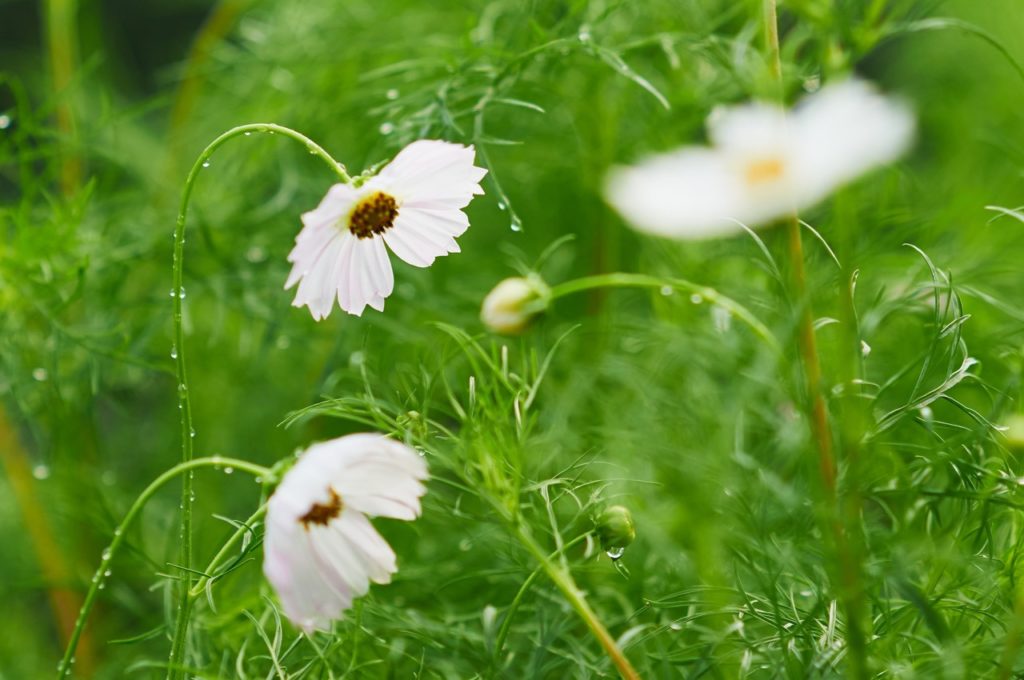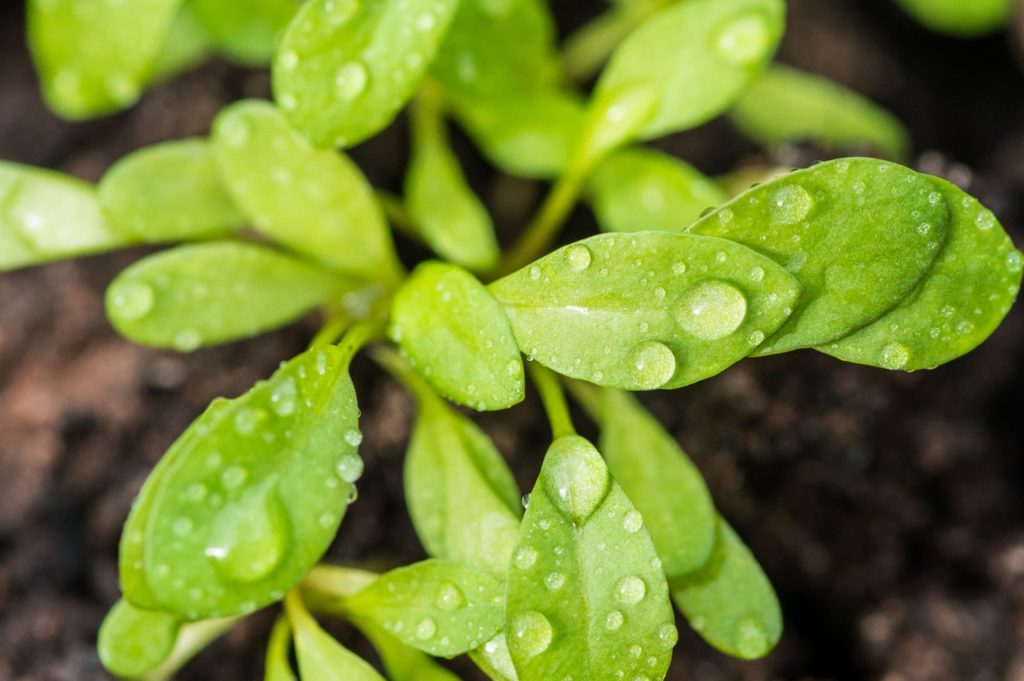ANNUALS > COREOPSIS
IN THIS GUIDE
COREOPSIS GUIDES

Varieties
tickseed , also known as ‘ Tickseed ’ , can either be produce as an yearbook or a perennial here in the UK .
Both types can be attractive improver to a summertime garden , with upbeat daisy - like blooms that come in a scope of colours .

Though not aboriginal to Britain , this can be a good option for those who wish to draw wildlife to their gardens .
The beautiful blooms are a blessing for bee , butterflies and other beneficial insect , and bird like to eat the seed .
This is an easy plant to grow in the correct background and can enrich an cozy and relaxed - look garden with its lovely flowers that are confine to put a smile on your face .

Overview
PreferredFull Sun or Partial Shade
ExposureExposed or Sheltered
Height0.5 – 2 M

Spread0.1 – 0.5 M
Bloom TimeSummer / Autumn
PreferredChalk , loam or sand

MoistureMoist but well - drained
pHAny
tick-weed is a genus which take a routine of mintage in the Asteraceae plant family , commonly name calliopsis or tick-weed , though this is a name that they share with a number of other plants.1Coreopsis . ( n.d . ) . New Jersey Agricultural Experiment Station . retrieve March 14 , 2023 , fromhttps://njaes.rutgers.edu/plant-of-the-month/coreopsis.php

There are between 75 - 80 metal money in all , all of which are aboriginal to North , Central or South America.2Coreopsis “ Jethro Tull . ”(n.d . ) . Missouri Botanical Garden . Retrieved March 14 , 2023 , fromhttps://www.missouribotanicalgarden.org/PlantFinder/PlantFinderDetails.aspx?taxonid=270827&isprofile=0 &
There are many unlike species and key cultivar of coreopsis grown in the UK .
If you are considering grow some , the first determination that you will have to make is whether you will develop an annual or repeated type .

Growing From Seed
Annual tickseed can be sown in the ground , where they are to blossom in March or April , or can be sown under binding from former winter to other spring .
The germ should be grown in a moist yet gratis - draining seed - starting sensitive and should not be covered with compost – they necessitate lots of igniter to germinate .
Seedings from direct - sow seeds should then be thin to around 15 cm aside .

Perennial tick-weed is best sown under protective covering in former winter or former give and then grown on in quite a little before they are season off and engraft out .
Planting Tickseed
Coreopsis of both types should be planted out in May or June , having been hardened off if they were sown indoors .
For more affectionate types , it is very crucial to hold back until after the last frost date and until after the weather has warmed up faithfully where you live .
Perennial coreopsis sectionalization from established works should be planted in early fountain .

Simply prepare a suitable develop area in the garden , or a container fill with a suitable , free - draining growing medium , and place the plants into their planting holes before firming the soil back around them .
Ongoing Coreopsis Care
When you choose the right place , tickseeds can be incredibly easy to farm and deal for .
plant life coreopsis in full sun or partial spectre .
Most tick-weed can cope with both sheltered or let out positions , but marvellous repeated type are best grown in a more sheltered spot , as they might require some extra support if planted in a windy location .

tickseed grows well in meth , loam or sandy ground .
A soil that becomes waterlogged , cold and damp will not be worthy , as the one principal matter that these industrial plant can not tolerate is receive ‘ blind drunk foundation ’ .
When growing in pots , utilise any peat - barren multipurpose compost or homemade tantamount and just check that that it is sufficiently free - draining .
tickweed growing in the dry land should unremarkably be watered regularly during establishment but should be fine with natural rain once established .
Coreopsis uprise in containers should be watered regularly to provide even moisture stratum throughout the summer month .
Perennial types develop in the earth and yearbook growing in reasonably prolific soil should not require additional feeding beyond an constitutive mulch .
However , those grown in containers for summer presentation should be feed every 2 week with an organic liquid plant provender high in potassium to encourage flowering ( like comfrey tea , for exercise ) .
Deadheading tickweed , especially when they are growing in containers , can aid keep them see good and encourage more rosiness .
perennial in borders can also be deadheaded , but it is good to leave the heads on to put up food for birds which eat the seminal fluid .
Perennials can be cut back in autumn , but it is good to provide the habitat for wildlife and cut back close to the ground in the springtime just before new leaves emerge .
“ idle - head Coreopsis , as with Dahlias , can be a bit of a challenge , as bud and spend flower look exchangeable , ” sum up Peter Lickorish , a Master Horticulturist .
“ bud incline to be firm and more rounded and , if stretch , the bright young petal are seeable .
“ Spent prime are usually elongated and soft or schmalzy . ”
tickseed are generally well-to-do and honest growers and will blossom readily when provided with the right condition .
If they bomb to bloom , environmental matter , such as deficient sunlight , are commonly to fault .
It is also of import to avoid overfeed , especially with a atomic number 7 - fertile feed , since this can further foliage outgrowth at the expense of bloom .
“ Coreopsis tinctoriaflowers can be used to dye wool and cloth in various sundown colours – another aspect to this entrancing industrial plant , ” adds Peter .
One of the biggest dangers to tickseed plants are slugs and snails , which can be a major scourge , especially to seedling and unseasoned plant life .
Make trusted that you attract plenty of predators that eat these pests to your garden ( doll and hedgehogs are credibly the most vernacular ) .
These will aid to keep their numbers down ; consider adding a protective barrier over , or woollen compost around , young plants until they become more constituted .
If you wish to transplant repeated coreopsis , the best metre to do so is either in early outflow , perhaps when you are dividing a mature specimen , or in September .
Aside from growing coreopsis from seed , the other main method acting of extension is by means of the sectionalisation of mature perennial types .
Perennial coreopsis at least a few year old can be lift , fraction and replant early in the bounce .
Annual coreopsis can bring well in bright and cheerful summer displays with a wide kitchen range of other one-year prime which like sunny and destitute - draining term in container or borderline .
recurrent types of coreopsis are idealistic for informal prairie planting schemesalongside echinacea , yarrow , Ammi majus , aster , Penstemon , genus Helenium , sage , verbena , verbascum and ornamental grasses .
They can also meld well into Mediterranean - vogue molding along withlavender , thyme , and other Mediterranean herbs .
This is a various inflorescence perennial which can work well in a full grasp of different schemes for a gay and innocent - draining blot .